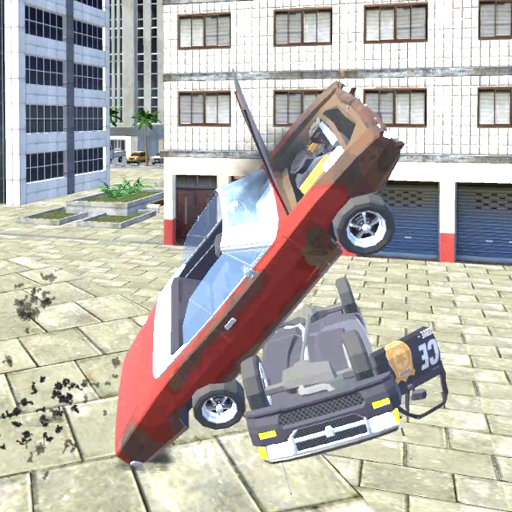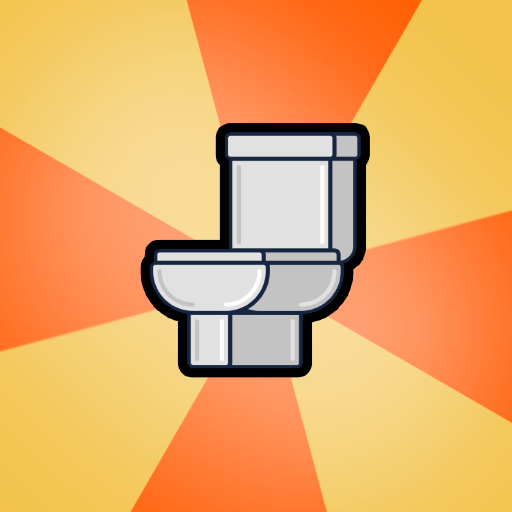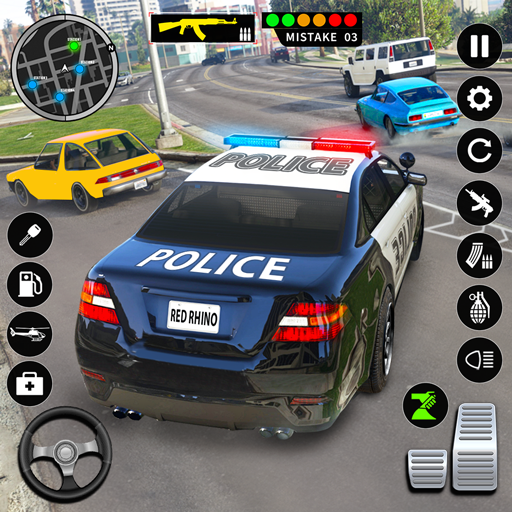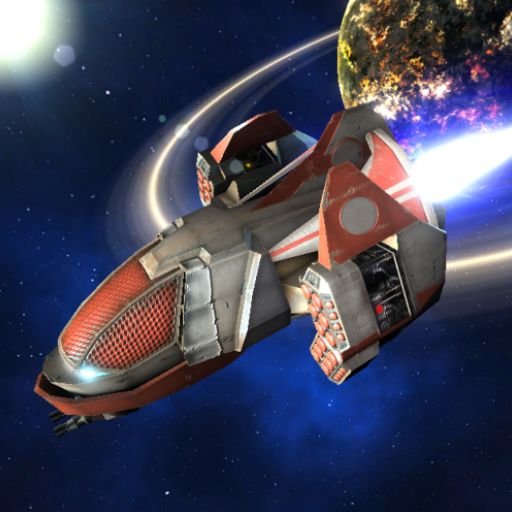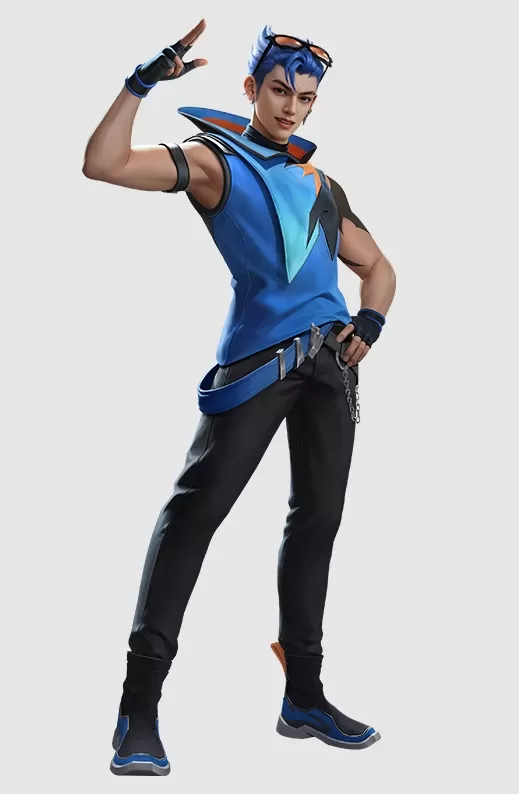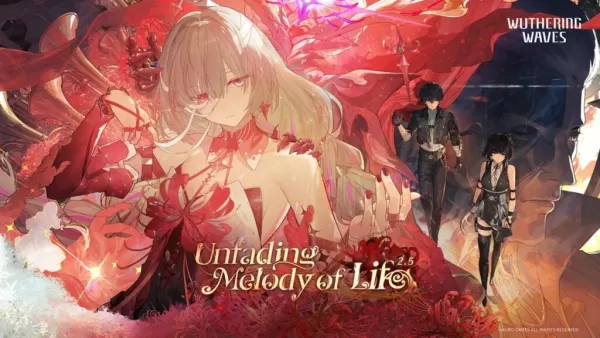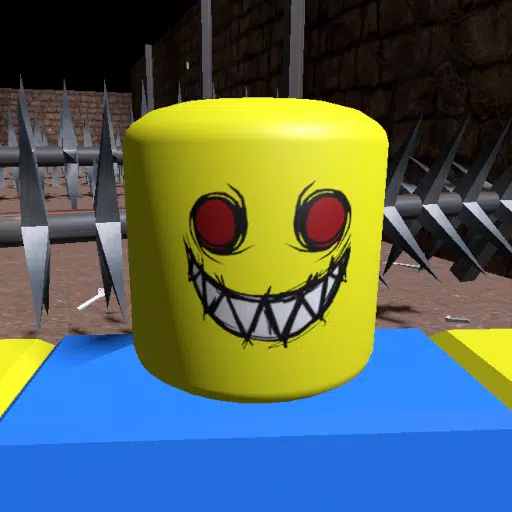Xenoblade Chronicles X: Definitive Edition Shares Plot Details
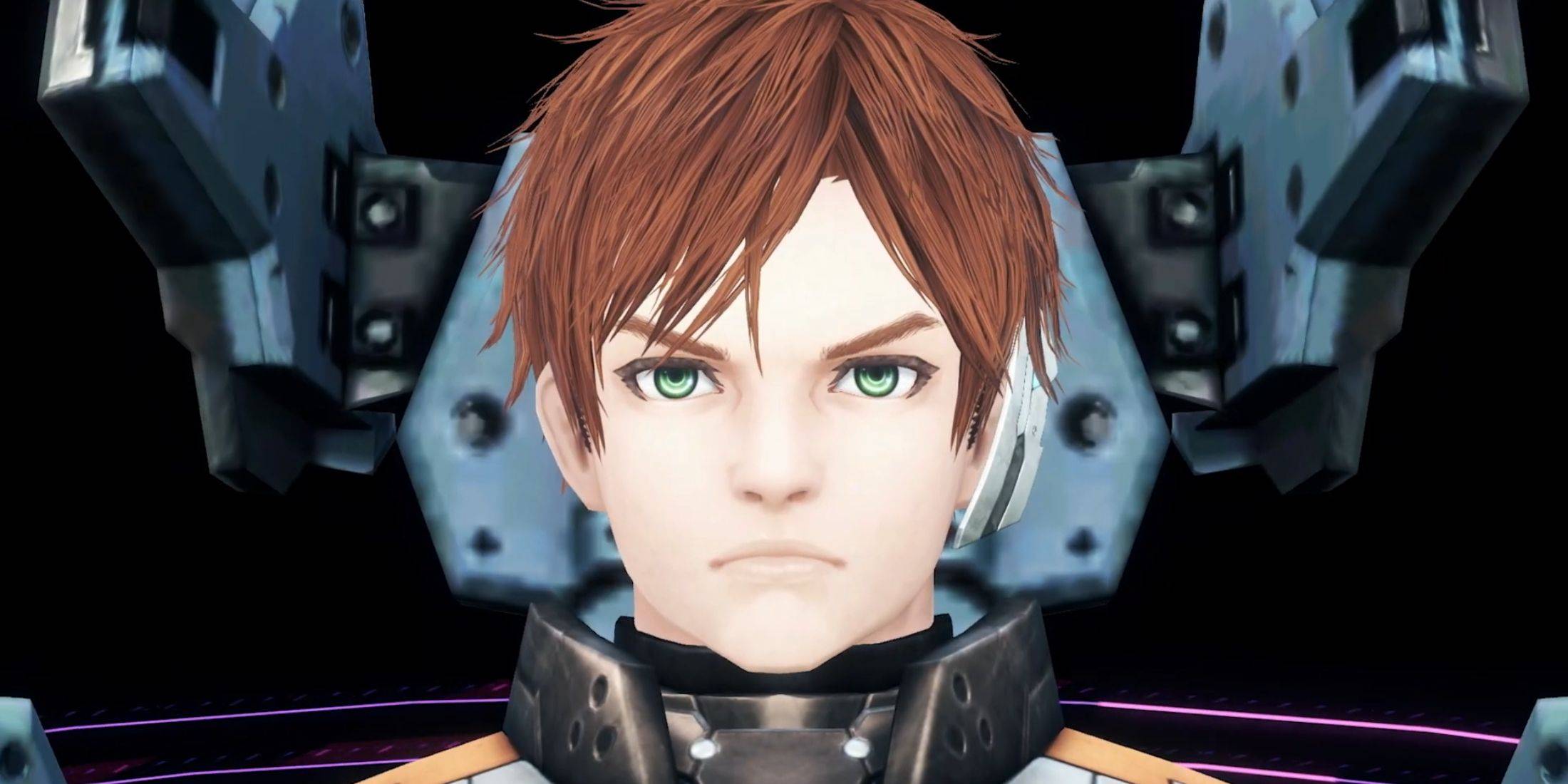
Xenoblade Chronicles X: Definitive Edition Unveiled: New Story Details and Gameplay Enhancements
A fresh trailer for Xenoblade Chronicles X: Definitive Edition offers deeper insights into the game's narrative and characters. The original game concluded with a cliffhanger, but this re-release promises expanded story content, potentially resolving the lingering questions from the 2015 Wii U release.
The trailer, titled "The Year is 2054," features Elma, a key protagonist, recounting the events leading to humanity's arrival on the planet Mira. It showcases gameplay footage adapted for the Nintendo Switch, addressing the absence of the Wii U's GamePad functionality.
The Xenoblade Chronicles series, a creation of Monolith Soft's Tetsuya Takahashi, is a staple of Nintendo consoles. The original Xenoblade Chronicles, initially slated for a Japan-only release, gained a global audience thanks to the fan-driven Operation Rainfall campaign. Its success spawned three sequels: Xenoblade Chronicles 2, Xenoblade Chronicles 3, and the now-Switch-compatible Xenoblade Chronicles X: Definitive Edition.
The trailer details the backdrop of an intergalactic war between alien factions that devastated Earth in 2054. A group of survivors escaped aboard the White Whale, eventually crash-landing on Mira. The critical Lifehold system, containing most of the human population in stasis, was lost in the crash. The player's mission is to locate the Lifehold before its power depletes.
Expanded Narrative and Streamlined Gameplay
Xenoblade Chronicles X: Definitive Edition will include new story elements, potentially providing closure to the original's unresolved ending. The game's vast scope, encompassing the main BLADE mission (to find the Lifehold), exploration of Mira, probe deployment, and combat against diverse creatures, remains a hallmark of the series.
The Wii U version heavily utilized the GamePad for mapping and various interactions. The Switch adaptation seamlessly integrates these features, transferring the GamePad interface to a dedicated menu. A mini-map now resides in the upper-right corner, aligning with other Xenoblade titles, while other UI elements have been relocated to the main screen. The result appears to be a clean, uncluttered interface, although this adaptation may subtly alter the gameplay dynamics compared to the original.
